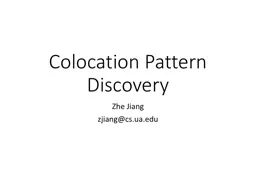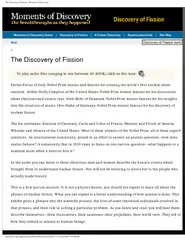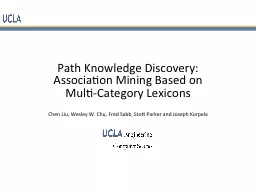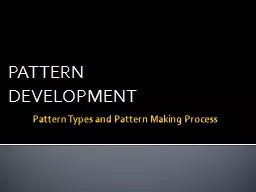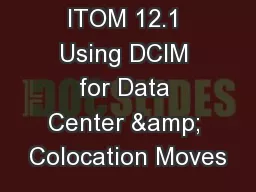PPT-Colocation Pattern Discovery
Author : marina-yarberry | Published Date : 2017-07-10
Zhe Jiang zjiangcsuaedu Colocation Pattern and Examples Colocation a set of spatial features that frequently occur in together Example Ecology symbiotic relationship
Presentation Embed Code
Download Presentation
Download Presentation The PPT/PDF document "Colocation Pattern Discovery" is the property of its rightful owner. Permission is granted to download and print the materials on this website for personal, non-commercial use only, and to display it on your personal computer provided you do not modify the materials and that you retain all copyright notices contained in the materials. By downloading content from our website, you accept the terms of this agreement.
Colocation Pattern Discovery: Transcript
Download Rules Of Document
"Colocation Pattern Discovery"The content belongs to its owner. You may download and print it for personal use, without modification, and keep all copyright notices. By downloading, you agree to these terms.
Related Documents

